This summer, we are looking at ways UC Cooperative Extension has played a role in wildfire prevention and management across California. UC Merced Library’s California Agricultural Resources Archive (CARA) contains archival resources created by UCCE advisors and specialists over the last 100 years, including efforts to practice controlled burns.
For example, found in the archive is an undated document produced by Mariposa Farm Advisor John Anderson and the Mariposa Range Management Association to inform landowners about laws, regulations, and best practices when conducting controlled burns.
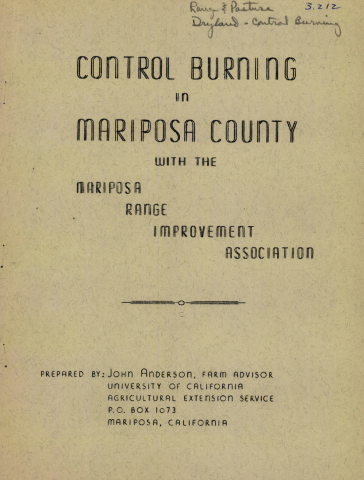
Photographs of a controlled burn on Wagner Ranch, like the image below, are found in the Humboldt County, UC Cooperative Extension Collection and have been digitized and placed online in Calisphere.
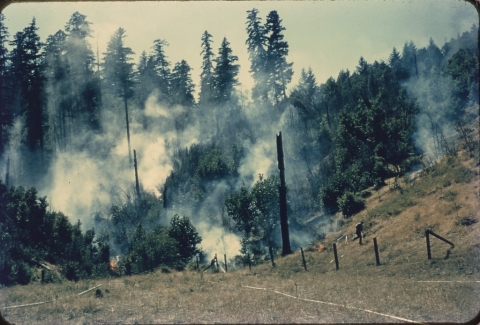
Found in the Santa Barbara-San Luis Obispo Counties, UC Cooperative Extension collection, are studies and observations of the effects of fire on the landscape. A 1960 press release from the Agricultural Extension Service, describes how a 45,000-acre rangeland wildfire on private land in San Luis Obispo County, became an opportunity for private and public parties to take advantage of the good soil underneath the burned brush. Once useless for ranchers because of overgrowth, a team reseeded the land with grasses and legumes beneficial for cattle grazing.
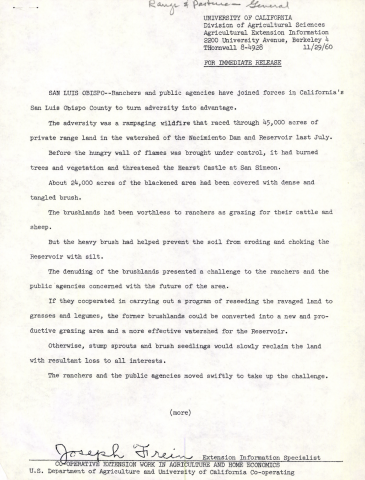
Another document describes the response of California’s imposing oak trees in fires. Importantly, the various species of Oak tree respond differently.
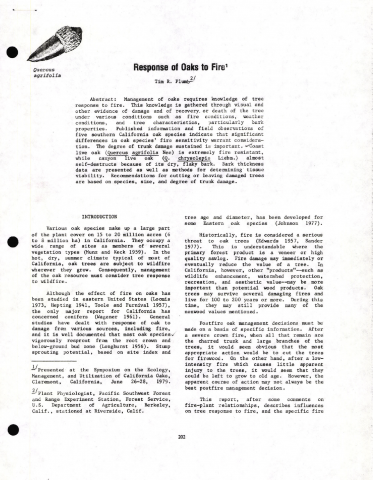
This corresponding image illustrates a fire break near a lonely Oak.
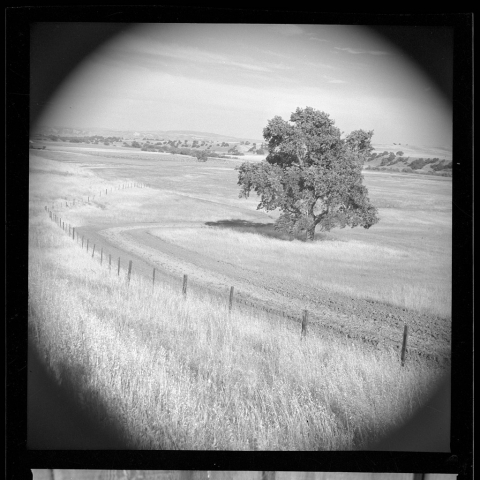
Honorable Ron W. Goode, Tribal Chairman of the North Fork Mono Tribe, has practiced controlled burning for many years and he spoke to UC last year about cultural burning as wildfire prevention. Cultural burning is important “not only because of its spiritual and cultural importance to Indigenous communities, but because the burns are designed to cultivate the biodiverse, sustainable growth that make landscapes more resilient.”
To view digitized UC Cooperative Extension collections, visit our online repository in Calisphere.

